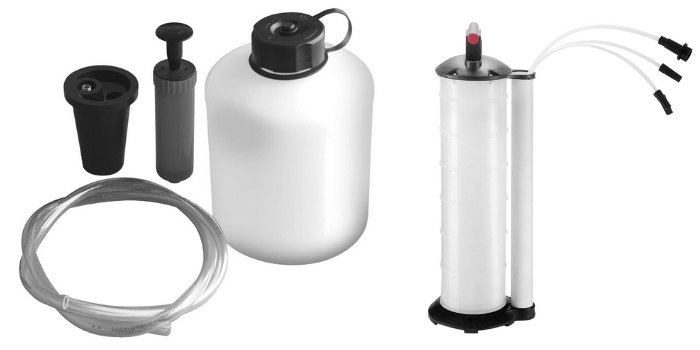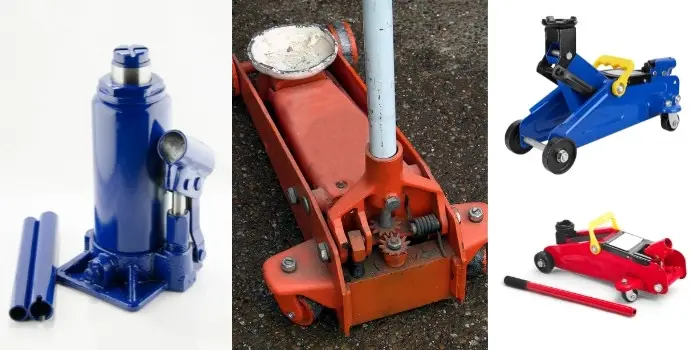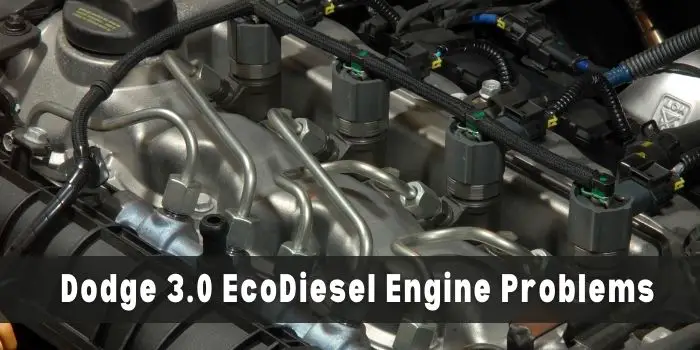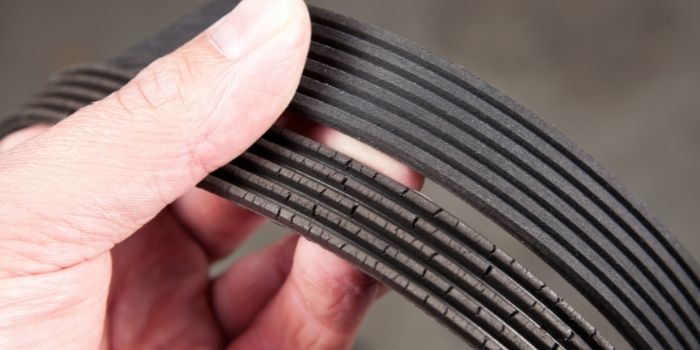
When it comes to car maintenance, there are a few key things that you need to be aware of in order to keep your vehicle running smoothly.
Two of the most important things are the serpentine belt and the timing belt.
Though they may sound similar, these two belts have very different functions in your car.
In this blog post, we’re going to break down the differences between these two belts – so you can make sure yours is in good condition.
Table of Contents
Serpentine Belt – What Exactly it Does?
The serpentine belt is made up of a series of different pulleys that are all connected by a long, flat belt.
The pulleys are made up of different materials, including metal, plastic, and rubber. The different materials help to grip the different pulleys and keep them all turning at the same speed.
It helps to keep all of the pulleys in your engine turning in sync, which keeps your engine running smoothly.
The serpentine belt also helps to keep your car’s alternator, power steering pump, and water pump working properly.
Without the serpentine belt, your car’s engine would not be able to function properly.
What is a Timing Belt – What Exactly Does it Do?
The timing belt is a long, flat belt that is made of rubber and is wrapped around a series of different pulleys.
The timing belt is important because it helps to keep the crankshaft and the camshaft turning at the same speed.
If the timing belt were to break, the valves in your engine would not open and close at the correct time. This would cause your engine to seize up and stop working.
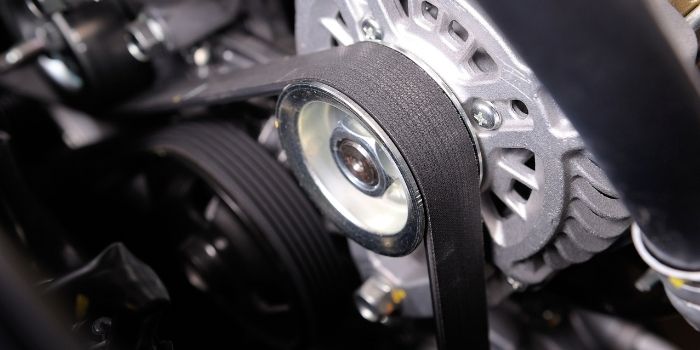
Difference Between a Timing Belt and a Serpentine Belt
There are several differences between a timing belt and a serpentine belt. These includes:
1. Location
The timing belt is located inside of the engine, while the serpentine belt is located outside of the engine.
The timing belt is located under a cover on the front of the engine. The serpentine belt is located on the side of the engine.
2. Functionality
The main difference between a timing belt and a serpentine belt is their function.
The timing belt is responsible for keeping the crankshaft and the camshaft turning at the same speed.
The serpentine belt is responsible for keeping all of the pulleys in your engine turning in sync.
3. Stretch Tension
Another difference between these two belts is their stretch tension.
A timing belt is designed to have a very little stretch, while a serpentine belt is designed to have a moderate amount of stretch.
The reason for this is that the timing belt needs to be precise in order to keep the engine running smoothly.
4. Material
The timing belt is made of rubber, which means that it can stretch over time.
The serpentine belt is made of a variety of different materials, which helps to prevent stretching.
5. Cost
The cost of a timing belt replacement is typically between $200 and $500.
The cost of a serpentine belt replacement is typically between $50 and $100.
6. Life span
The timing belt needs to be replaced every 60,000 miles.
The serpentine belt typically lasts between 40,000 and 100,000 miles.
7. Length & Groove Design
The timing belt is typically between 60 and 80 inches long. The serpentine belt is typically between 40 and 60 inches long.
The timing belt has a toothed design, while the serpentine belt has a smooth design.
When Should a Timing Belt or Serpentine Belt Need to Be Changed?
If either of these belts were to break, it would cause severe damage to your car’s engine.
If the timing belt were to break, the valves in your engine would not open and close at the correct time. This would cause your engine to seize up and stop working.
If the serpentine belt were to break, all of the pulleys in your engine would stop working.
This would cause your car’s battery to die and your car would not be able to start.
It is important to make sure that both of these belts are in good condition and are replaced when they start to wear down.
The timing belt should be replaced every 60,000 miles. The serpentine belt should be replaced every 100,000 miles.
If you notice any cracks or fraying on either of these belts, it is important to have them replaced as soon as possible.
Conclusion
It is important to be aware of the differences between a timing belt and a serpentine belt.
These two belts have different functions and need to be replaced at different intervals.
Make sure to have both of these belts inspected regularly and replaced when they start to wear down.

Based in Orem (Utah) John Paterson graduated from Utah Valley University and has begun writing in 2009. He has a large wealth of experience in writing articles related to cars, automotive repair, wheels, cleaning/maintenance, and much more. He has also written instructional articles in a similar niche for a few online publications as well. Currently, he works as a mechanic in his personal garage shop where he loves serving his countrymen from his heart.

